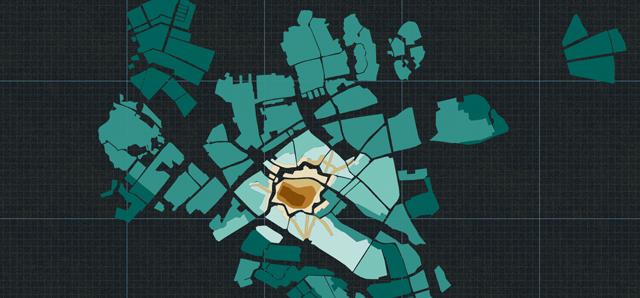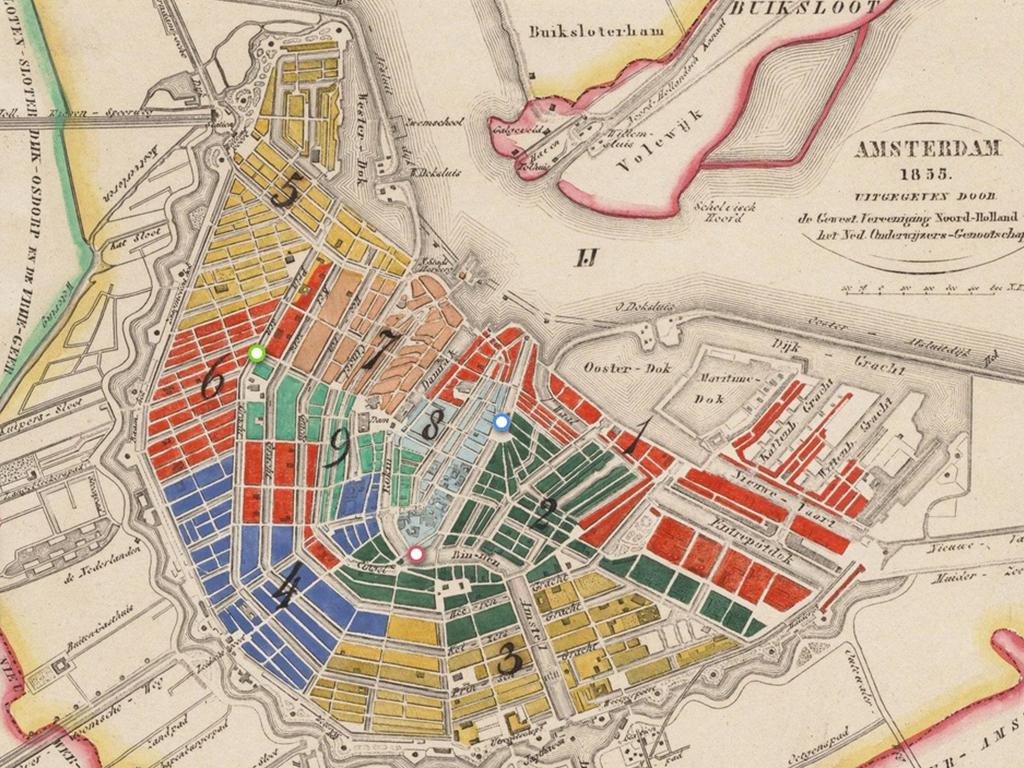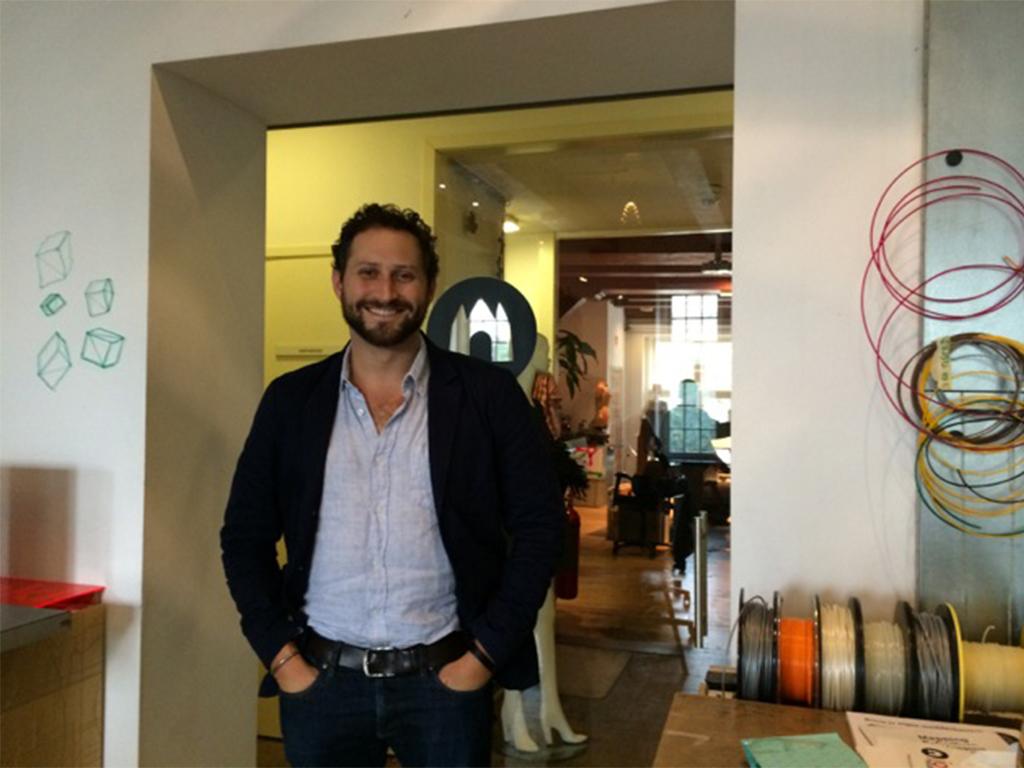Many museums, libraries, and archives are exploring how to enrich their datasets with historic geo-location. But how do you link data from the past to specific sites from specific times? And which stories that emerge from this process are interesting enough to share with the public? We thought it was high time for a tailored clinic to examine just these sorts of questions with heritage institutions.
Rich data, hidden treasures
On 19 June 2015, various cultural institutions gathered for a “mini-course” of Hacking Heritage in the Waag. From complete population records from the 20th century to a collection of 2,700 watercolor paintings of Dutch cities from the year 1710—all the organizations involved brought their diverse and valuable datasets with them. A promising start to the session!
After a general and technical explanation, we immediately began. First step: run all the data through a standardization process. That way, you have a simpler way to retrieve information about a place (think of coordinates, alternative names, etc.). When the standardization software revealed the geo-locations, the enthusiasm of the participants was immediately sparked, and the first new ideas for future began to percolate. So, we wanted to add Frisian place names, look at addresses, or even search for places in a specific timeframe. There was plenty of room for discussion. Because which of these new ideas and applications will truly add value?
Heritage comes alive
We tested which ideas and different concepts were the best in the afternoon. What can you do, for example, if you link a population with certain locations? Again, there were several ideas on the table, which included a plan to physically visit important people from the past. You could, for instance, through using geo-locations of birth places or residences, “visit” your chosen historical person. Who were the people who used to live there? Who were their relatives? And where did they come from?
See also: erfgeo.nl.
Another idea that emerged was “a trip down memory lane.” In essence, the romantic stories from the 19th century could be relived through virtual cycling or walking through the countryside. And you could ask yourself: what is the difference between then and now?
We look at each idea as evidence of a successful first Hacking Heritage clinic. Exciting ideas were conceived and adventurous plans were forged—with potential for the future. How about a mobile data clinic tour of the Netherlands where we focus on the history of various cities and towns? Eventually we hope to see many new forms of storytelling.



